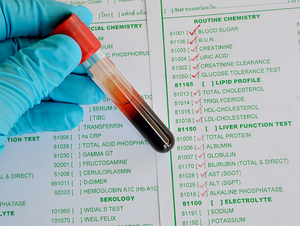What is a normal calcium level?


Calcium levels vary with age, and normal range drops as you get older. For children and teenagers, calcium levels can range from about 9.3 mg/dl (2.32 mmol/l) to 10.9 mg/dl (2.72 mmol/L). That upper range of normal drops after the teenage years. Adults in their 20s can still have calcium levels up to the mid 10s (or around 2.64 mmol/l). Adults in their 30s tend to have calcium levels in the mid to high 9s, but can have calcium levels in the low to mid 10s. After about 40, most adults will have calcium levels below 10.0 mg/dl (2.5 mmol/l), though some in their 40s can still have calciums in the low 10s. By 50 and older, almost everyone should have calcium levels below 10.0 (or 2.5). Calcium levels above this usually indicate parathyroid disease.
The lower limit of calcium is generally in the low to mid 9s (down to about 2.3 mmol/l). Levels that are consistently below this can lead to secondary hyperparathyroidism, when the parathyroid glands work harder to try to get the calcium level up.
Note that these cutoffs are not absolute. Just as there is a range of normal heights in a population, there is a small range of normal calcium levels. Some people will tend to be on the lower end of normal lifelong, and that is fine for them, and others will be on the higher end. When trying to determine whether “borderline” calcium levels are abnormal, it’s important to look at everything overall: the calcium level trends, PTH levels, and Vitamin D levels.



